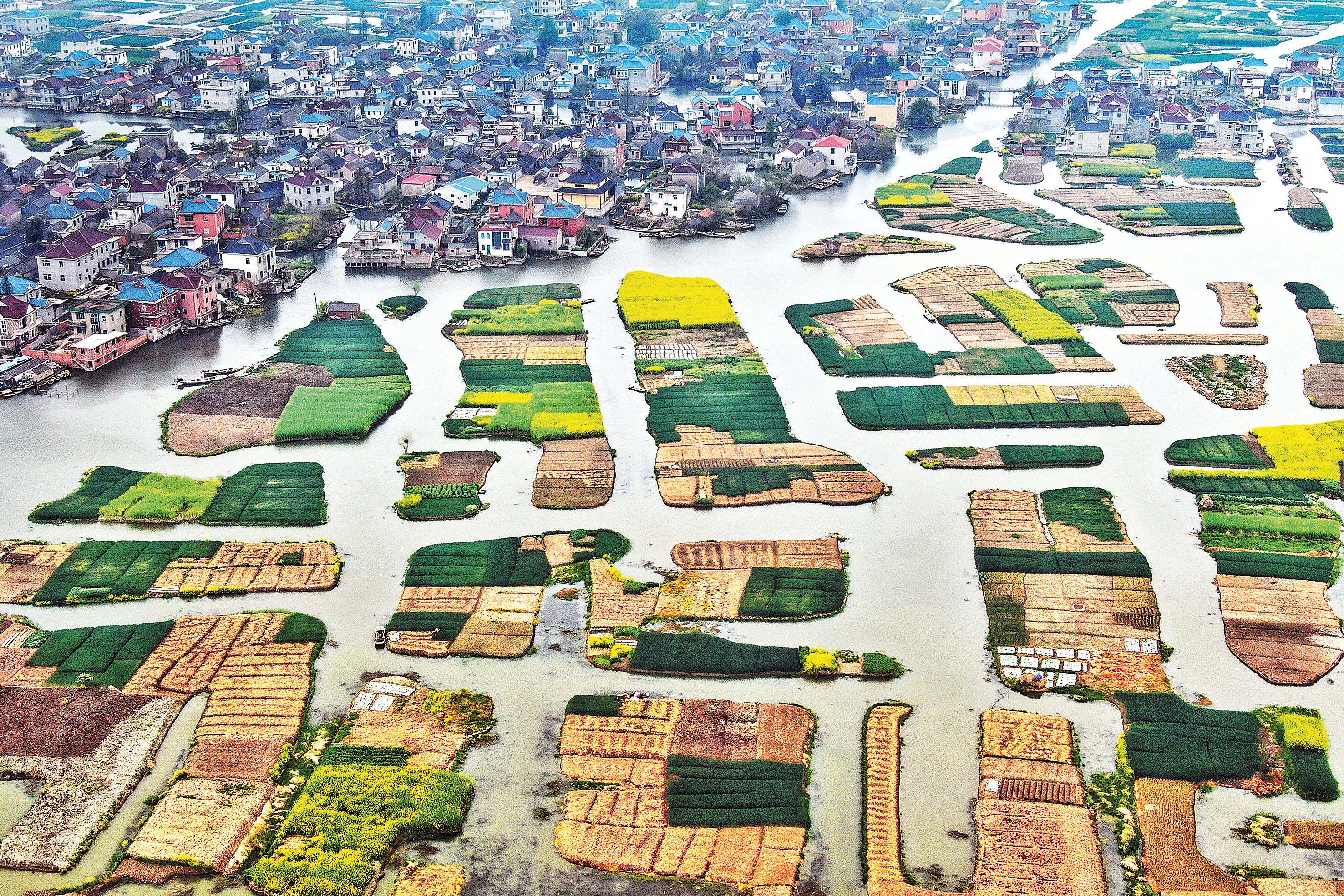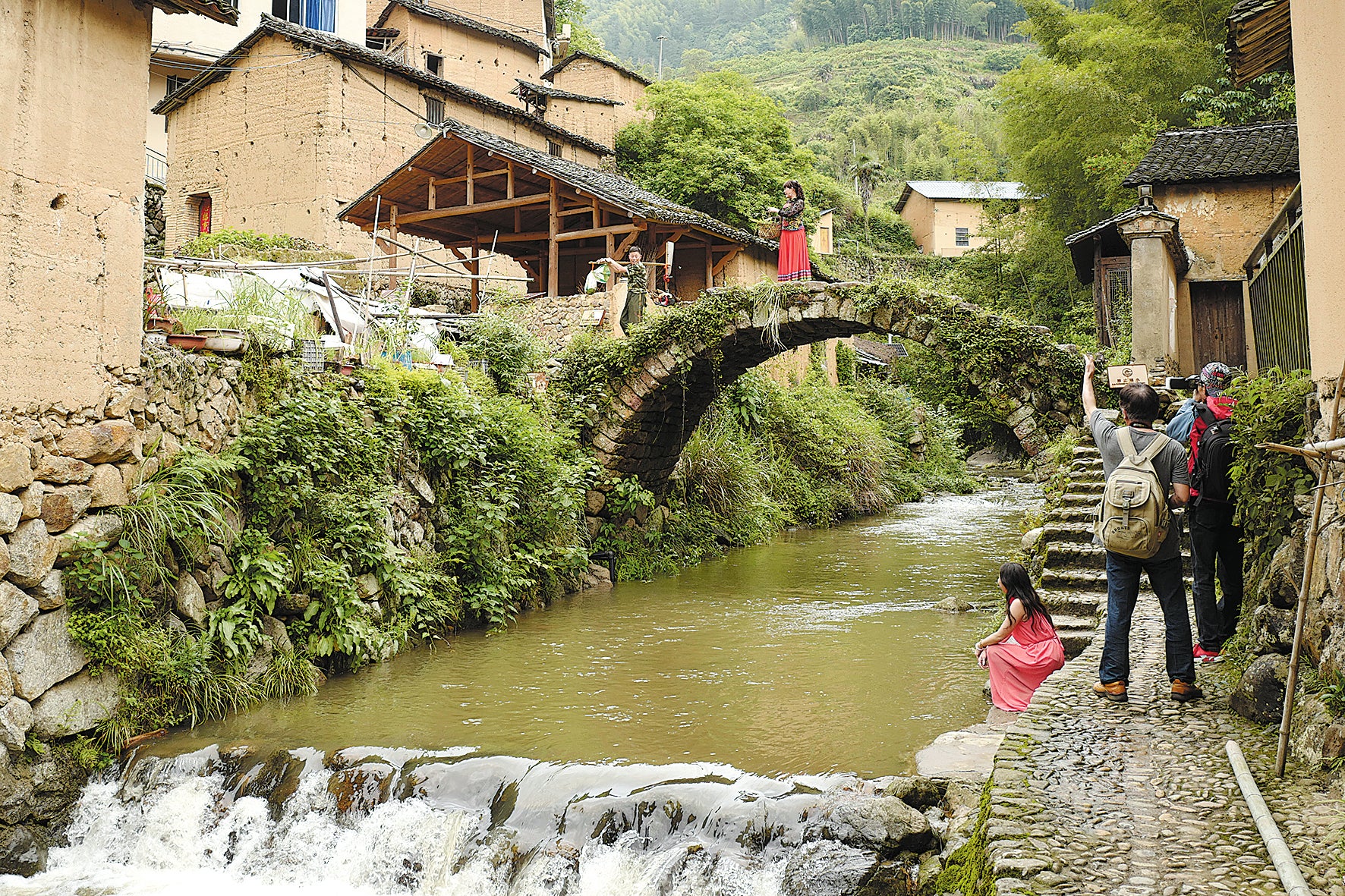Irrigation projects gain world heritage designation
THE ARTICLES ON THESE PAGES ARE PRODUCED BY CHINA DAILY, WHICH TAKES SOLE RESPONSIBILITY FOR THE CONTENTS

Four historical Chinese irrigation sites were recognised as World Heritage Irrigation Structures on October 6, bringing the total number of Chinese projects on the list to 30, according to the Ministry of Water Resources.
With the inclusion of the four projects – announced by the International Commission on Irrigation and Drainage in Adelaide, Australia – China has become a country “with the richest type, widest distribution and highest irrigation efficiency of heritage structures”, the ministry said.
The ICID is an international organisation, created in 1950, that works to boost scientific and technological exchanges on irrigation, drainage and flood control. It established the World Heritage Irrigation Structures designation in 2014, aiming to protect and promote irrigation projects of historical and scientific value.
The 2,160-year-old Tongjiyan Irrigation System, one of the newly honoured projects, is located in Sichuan province. It has a braided-shaped arrangement of canals that helps to increase its flood control capacity.
The project preserves the ecology of the water, which it provides to two cities and four counties and districts in Sichuan, an irrigation area of 85,664 acres, for the populace and farming.
The Xinghua Duotian Irrigation and Drainage System, in Jiangsu province, stemmed from efforts since the Tang Dynasty (618-907) to prevent flooding and has been in use since then. It is now the world’s only irrigation and drainage system located on raised, dry farmland.

The system not only increases local grain production and population capacity in the area, but also creates a unique and pleasant landscape with a variegated folk culture that draws tourists.
The Songgu Irrigation Scheme, in Zhejiang province’s Songyang county, has a rich display of historical weirs – low dams – ponds and wells, and it dates to the Han Dynasty (206 BC-AD 220).
The project now irrigates 27,347 acres of farmland and supports the development of the local fishing, tea, cane sugar and rice industries.
Chongyi Shangbao Terraces cover 8,402 acres in mountainous areas of Jiangxi province, inclining from an altitude of 919ft to 4,134ft above sea level.
Construction of the terraces began around the time of the Qin (221-206 BC) and Han (206 BC-AD 220) dynasties, and they have developed into a sophisticated and sustainable irrigation network.
Besides the four Chinese projects, 15 irrigation projects from Australia, India, Iraq, Japan, South Korea and Sri Lanka were also honoured this year. So far, 140 projects from 18 countries have been listed.

Bookmark popover
Removed from bookmarks